January 25, 2012 Cross-Jurisdiction Collaboration
Author : sherrill-nordquist | Published Date : 2025-06-23
Description: January 25 2012 CrossJurisdiction Collaboration BreakOut Session Agenda Introductions What is CrossJurisdiction Collaboration What are some examples What have other states done legislatively What has Minnesota done todate What can
Presentation Embed Code
Download Presentation
Download
Presentation The PPT/PDF document
"January 25, 2012 Cross-Jurisdiction Collaboration" is the property of its rightful owner.
Permission is granted to download and print the materials on this website for personal, non-commercial use only,
and to display it on your personal computer provided you do not modify the materials and that you retain all
copyright notices contained in the materials. By downloading content from our website, you accept the terms of
this agreement.
Transcript:January 25, 2012 Cross-Jurisdiction Collaboration:
January 25, 2012 Cross-Jurisdiction Collaboration Break-Out Session Agenda Introductions What is Cross-Jurisdiction Collaboration? What are some examples? What have other states done legislatively? What has Minnesota done to-date? What can Minnesota do going forward? 2 Introductions 3 Antonio Oftelie Executive Director, Leadership for a Networked World Fellow, Technology & Entrepreneurship Center Harvard antonio.oftelie@post.harvard.edu Rep. Carol McFarlane District 53B rep.carol.mcfarlane@house.mn Rep. Denise Dittrich District 47A rep.denise.dittrich@house.mn Sen. John Carlson District 04 sen.john.carlson@senate.mn Sen. Kathy Sheran District 23 sen.kathy.sheran@senate.mn Falling Revenues Budget Shortfalls Reduced Funding Major Demographic Shifts Unprecedented pressure on the Public Sector: These factors converge to create an imperative to restructure Rising Citizen Demands Minnesota’s Public Service Organizations: The “New Normal” 5 The Current Landscape 87 Counties 856 Cities 519 School Districts $527,100,646 in LGA 5 Case in Point Memphis & Shelby County, TN In Memphis, Tennessee and surrounding Shelby County, citizens were faced with a stark vote on the November 2010 ballot: “For consolidation of City of Memphis and Shelby County,” or “Against consolidation of Memphis and Shelby County.” 6 Why the Vote? What Happened? For years city and county officials debated the merits of a full-on merger or a consolidation into a regional government. From a region-wide vantage point, there’s a clear argument for collaboration: Modernize and meet future demands Collaborating on economic development Improving services for citizens and businesses Reducing overall costs to taxpayers 7 The Vote Result: Naturally, a split vote took down the proposed merger: 49 percent against a merger to 51 percent for a merger in Memphis 85 percent against a merger to 15 percent for a merger in Shelby County. Bridging these chasms was insurmountable. 8 There is a Better Way Forward… Cross-Jurisdiction Collaboration makes government operations significantly less expensive and more effective 9 Why Cross-Jurisdiction Collaboration? Improve Efficiency of Government Greater output from resources Savings in administrative and technical costs Improve Effectiveness of Government Enhanced quality of citizen services Enhanced reach of citizen services Improve Equity and Transparency in Government Reduce inequity in services across jurisdictions Enhanced citizen interaction and view Reduced environmental footprint 10 Who are the likely partners? * Note: In this slide, “Local” is a proxy for a local government entity such as a city, town, township, borough, special district or school district Southeast Consortium common unemployment system 39 counties in CA sign JPA for a new welfare system MN Child Support delivered by state and counties San Francisco



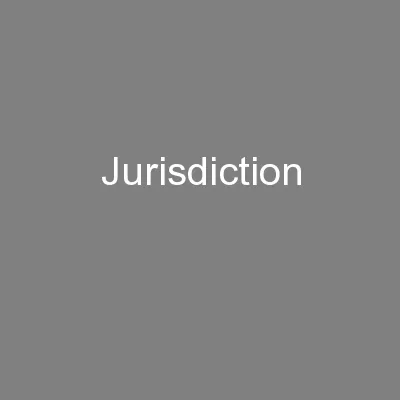

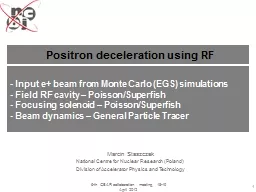
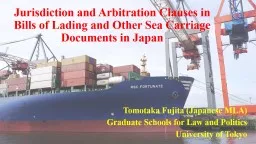
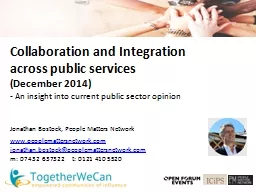
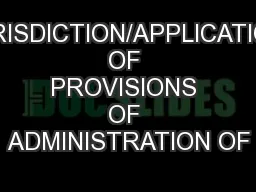

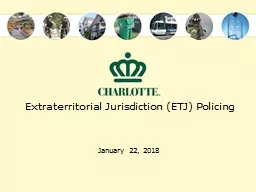
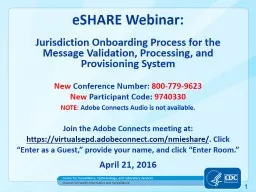

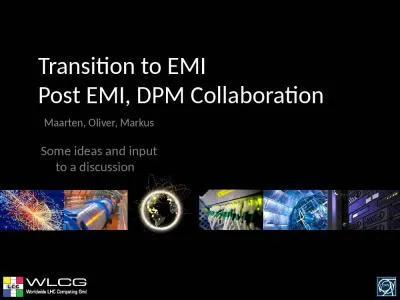
![[INSERT YOUR JURISDICTION]](https://thumbs.docslides.com/1057893/insert-your-jurisdiction.jpg)